
Supermarkets are crucial in retail as they offer various products, including food and other household products. This paper utilizes supermarket data scraping services to analyze current practices and developments in supermarket management, consumer conduct, and the market environment. These services include retrieving, processing, and making sense of data from different supermarket sources to understand availability and customer and competitor patterns. Scraping supermarket data helps businesses understand the trends in demand for certain products, the price at which they should be sold, and the demography of customers making purchases in the supermarket. It helps supermarkets carry out their operations effectively and satisfy the needs of their customers to transform into competitive players. This study also uses tables and graphs to analyze shopping frequency, consumers’ choices, and market share. Knowledge of these facts using supermarket data scraping is necessary for supermarkets to develop effective tactics and enhance their performances to remain competitive in the constantly changing retail environment.
Market Overview:
Supermarkets are facing continuous transformation in customer expectations and purchasing behavior. This shift is observed via the rising trends in online shopping, the willingness to pay more for eco-friendly products, and the desire for easy solutions. Figure 1 presents the experience gained in implementing online shopping among supermarket consumers, which shows the growth of digital sales over the past five years. Such adjustments require supermarkets to complement their business models with e-commerce platforms, improve the sustainability of supplying products, and optimize shopping experiences to remain relevant for customers and competitive in the market.
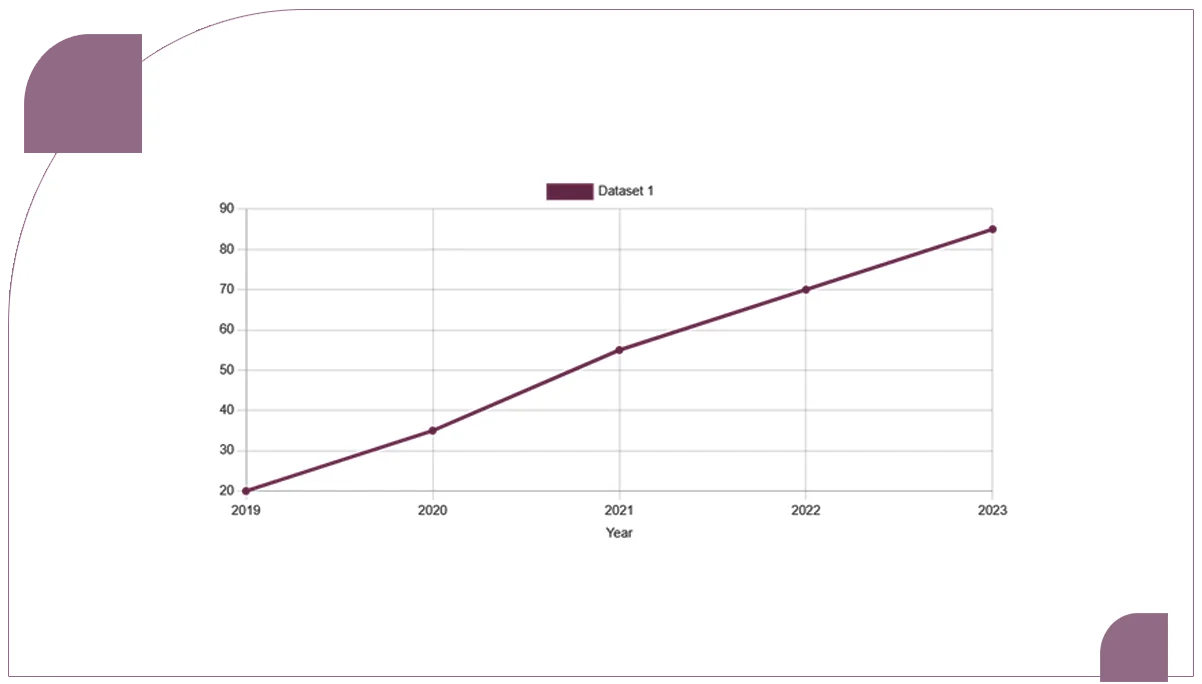
The above line graph depicts the frequency of supermarket shoppers leveraging the benefits of the internet to shop has grown over the period 2019-2023. Here's what we can observe:
Starting point: The adoption rate in 2019 was at 20%, meaning that online shopping was steadily becoming popular among supermarket consumers.
Stable growth: The adoption rate has increased gradually throughout the five-year period.
Rapid rushing: The slope is higher between 2020 and 2021, which could be credited to the COVID-19 pandemic affecting consumer spending patterns.
Current state: The supermarket subscription rate will rise to 85% by 2023, meaning more people will use the internet to shop.
Overall change: The adoption rate has increased and risen from 20% to 85% in these five years.
This visualization via supermarket data scraping clearly depicts the dramatic increase in the number of digital transactions you have. It underscores the need for supermarkets to adapt their strategies, including:
Implementing scalable e-commerce solutions to address the increasing consumer demand for e-commerce solutions.
Improving product sustainability to match current culture from consumers' perspective.
Decoding the rapidly evolving market and adapting the overall shopping experience for online shopping and traditional brick-and-mortar to stay viable.
The graph helps convey the message that supermarkets must adapt to the ongoing change in consumers' buying habits and become digital-ready in a new retail era.
Consumer Behavior:
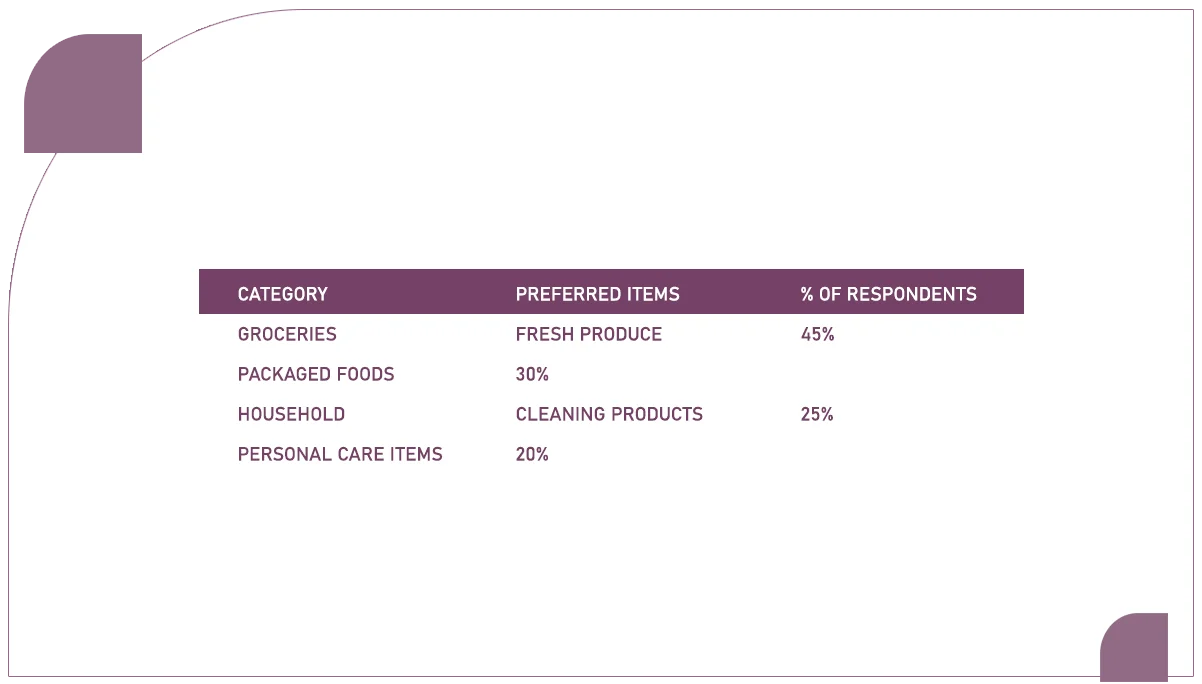
Supermarket customers require approximate proportions of fresh produce, packaged foods, and household items. From Table 1, fresh produce is the most preferred item for 45 percent of the consumers, while 30 percent favored packaged foods. Based on this data, firms should ensure that they stock these categories to meet customer needs and demand.
Technology Integration:
New technology finds application in supermarkets to serve many functions, such as supply chain management, CRM, and operations management. Such technologies simplify operations, cut expenses, and augment service quality, contributing to an improved consumer experience.
Environmental Sustainability:
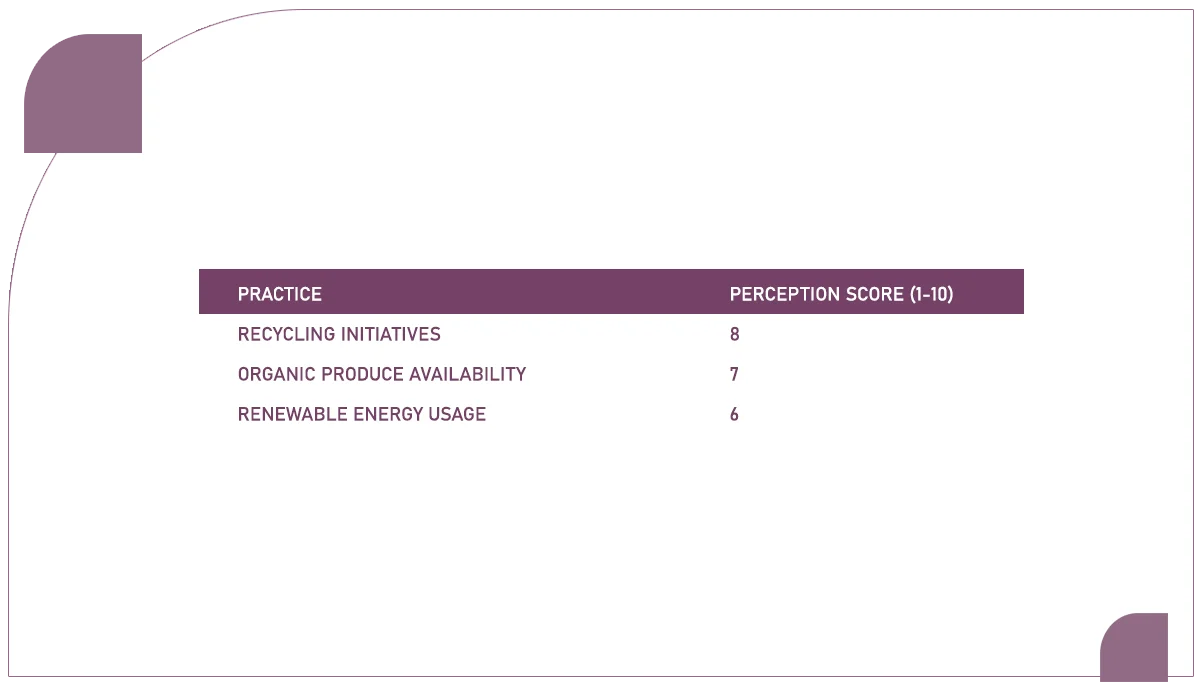
Consumers are now aware of sustainability practices incorporated into supermarkets. As shown in Table 2, this reflects consumers’ perception of sustainable initiatives, with recycling programs having the highest perception score of 8 out of 10. This underlines the need for supermarkets to visibly and efficaciously promote and implement sustainability policies that reflect consumers’ opinions.
Competitive Landscape:
.webp)
Table 3 gives you a quick peek into how the supermarket chains stack up in terms of market share in 2023. Right at the top is Reliance, leading the pack with a 35% market share. Not far behind is More, grabbing a solid 25% slice. The local chains, on the other hand, come together to hold a collective 40% share. This analysis is critical for stakeholders to understand how the supermarket chains are positioned in the competitive landscape. It also helps inform important decisions like expanding into new markets, building strong brands, and attracting more customers.
Future Outlook:
Looking ahead, supermarkets are set to experience significant growth due to ongoing digital transformations and a greater emphasis on sustainability. By embracing cutting-edge technologies like artificial intelligence (AI), the Internet of Things (IoT), and data analytics, supermarkets will revolutionize their operations, offering personalized shopping experiences and boosting overall efficiency.
Conclusion:
Supermarkets play a vital role in the retail industry, adapting to changing consumer preferences and competitive pressures by integrating technology and sustainable practices. Understanding these trends is crucial for supermarket chains to stay relevant in the market, enhance customer satisfaction, and drive growth in an increasingly competitive environment.
Recommendations:
Invest in Digital Infrastructure: Supermarkets should prioritize investing in digital technologies to improve operational efficiency and enhance the shopping experience.
Expand Sustainable Practices: Increase focus on and expand sustainable initiatives such as recycling programs, offering organic produce, and utilizing renewable energy. This will attract environmentally conscious consumers and help differentiate them from competitors.
Are you in need of high-class scraping services? Food Data Scrape should be your first point of call. We are undoubtedly the best in food data aggregation and mobile restaurant application scraping, and we render impeccable data analysis for strategic decision-making. With a legacy of excellence as our backbone, we help companies become data-driven, fueling their development. Please take advantage of our tailored solutions that will add value to your business. Contact us today to unlock the value of your data.

















































































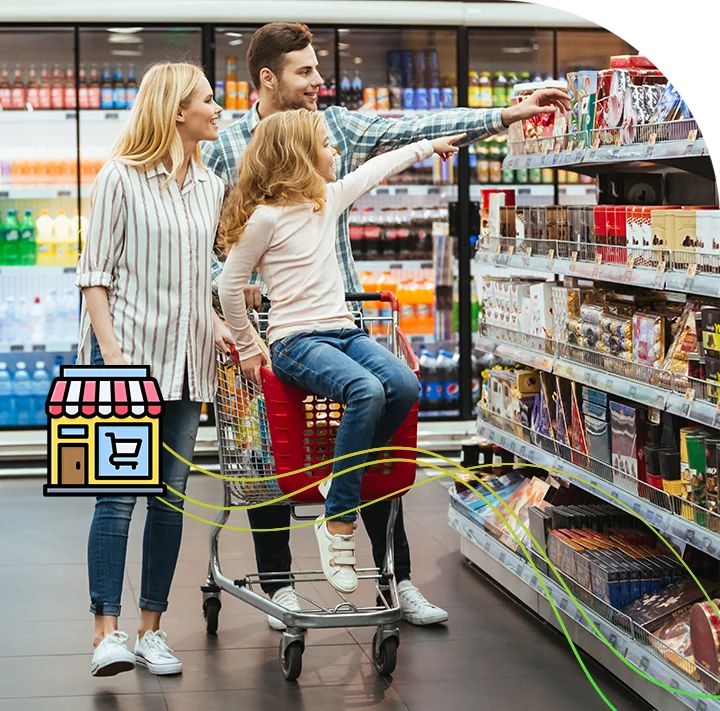
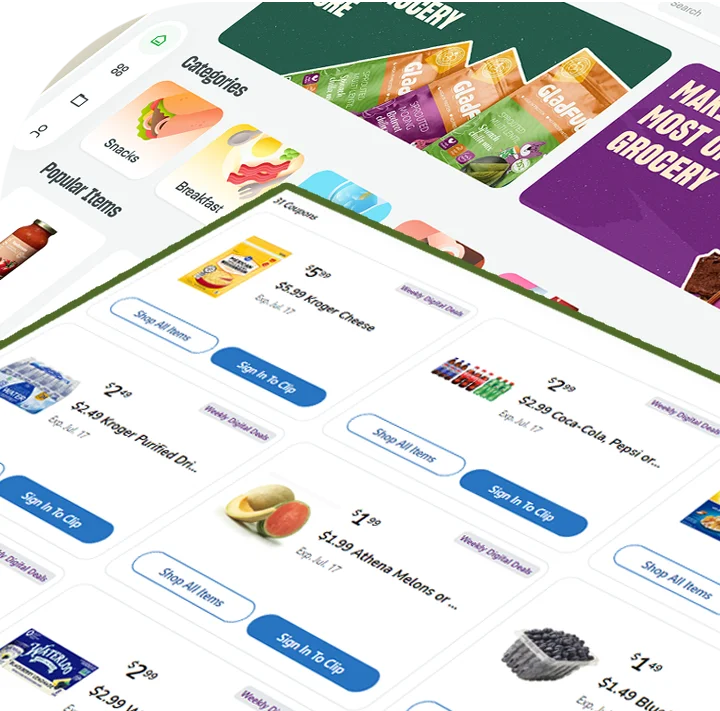



.webp)

